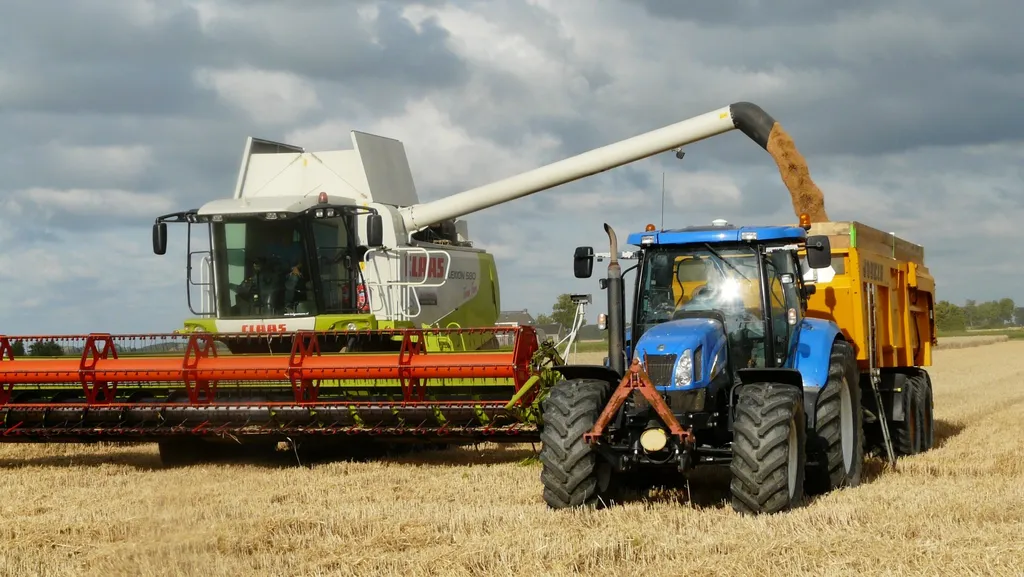In the heart of India, where the scent of spices fills the air and the rhythm of life is as diverse as its landscapes, a quiet revolution is taking place. The country, with its nearly one million combined internet and smartphone users as of mid-2024, according to the International Trade Administration, is witnessing a digital metamorphosis. This transformation, driven by the widespread adoption of technology, is not just reshaping its bustling cities but also making significant inroads into the rural heartland, particularly in the agricultural sector.
Agriculture, while contributing a modest 18% to India’s GDP, employs a staggering 44% of its workforce. This discrepancy between economic contribution and employment underscores the sector’s vital role in the country’s socio-economic fabric. The integration of technology into this traditional sector is not just an economic strategy but a social imperative.
The story of Raju Kumar Chaudhry, a farmer from Bihar, is a testament to this change. In 2017, Chaudhry participated in the Gram Uttan Project, which enabled him to purchase a subsidized potato planter. This technological intervention reduced his labor costs and increased his crop yield, saving him around $40 per acre. Such success stories are not isolated incidents but part of a broader trend of technological integration in Indian agriculture.
Artificial Intelligence (AI) is at the forefront of this revolution. The SM Sehgal Foundation reports that AI simplifies decision-making processes for farmers. AI-driven climate predictions help farmers make informed decisions about their crops, while AI-powered data collection facilitates precision farming practices. This technological leap is not just about increasing yields but also about empowering farmers with knowledge and control over their livelihoods.
Beyond AI, other technological advancements are also making waves. Capacity-building programs are making modern equipment more accessible to small farmers, while IoT technologies like drones, satellites, and remote sensors provide real-time data on weather patterns. Livestock monitoring, using chips and body sensors, helps prevent the spread of infections, a critical factor for farmers with large herds.
However, the path is not without challenges. The rollout of AI in the agricultural sector faces hurdles due to issues like marginalized farming and fragmented land ownership. Yet, organizations like the SM Sehgal Foundation are partnering with farmers and other entities to make technology more accessible, aiming to create a comprehensive food-secure future for India.
As India continues to embrace technology, the ripple effects are felt far beyond its cities. In the fields and farms, a quiet revolution is underway, one that promises to redefine the future of agriculture in the country. The journey is just beginning, and the potential is immense. The story of India’s technological integration in agriculture is not just a narrative of economic growth but a testament to the power of innovation in transforming lives.

